
You may be familiar with Ariel Rider from the Seattle-based company’s popular high-power and high-speed electric bicycles. But they also recently unveiled a decidedly mid-power e-bike that is overflowing with value. The new Ariel Rider Rideal borrows from many of the e-bike industry’s favorite parts and features, then delivers in an affordably priced electric commuter bike.
Unlike the high-power electric mopeds that Ariel Rider is commonly known for, the Rideal is a much more low-key electric bicycle.
It’s designed as a commuter e-bike and thus sports a motor that is powerful enough for strong starts and hill climbs, but doesn’t cut into the bike’s efficiency too heavily.
Built with an emphasis on urban rideability, the Ariel Rider Rideal packs in the features most-demanded by commuters.
And at just $999, it does it for a song.
To see the bike in its true environment, check out my testing video below. Then keep reading for my full review.
Ariel Rider Rideal video review
Ariel Rider Rideal tech specs
- Motor: 750W rear hub motor
- Top speed: 20 mph (32 km/h)
- Range: Claimed up to 60 miles (100 km), less when riding on throttle
- Battery: 48V 14Ah (672 Wh), removable/lockable
- Weight: 52 lb (23.5 kg)
- Tires: 27.5 x 1.95 in
- Brakes: Tektro mechanical disc brakes (180 mm rotors)
- Extras: LED display, LED headlight and tail/brake light, kickstand, Shimano Tourney 6-speed drivetrain, mounting points for front and rear rack accessories

A simple bike that doesn’t skimp… too much
The layout of the Ariel Rider Rideal is your basic city e-bike.
That means it doesn’t have fancy suspension. It doesn’t have big, plush tires. And it doesn’t have any built-in high tech features like cameras or connectivity.
But by saving more than a few bucks with a shortened feature list, the Ariel Rider team was able to invest in making everything remaining just a bit nicer.
The Velo seat is actually quite comfortable without getting in the way of pedaling, and I love that grab handle underneath for moving the bike around the garage. The faux leather handgrips are classy and feel good in the hands. And even the paint has a slight metal flake look to it, giving it a subtle shimmer that gives a higher-quality sense without going over the top with a cheesy glitter finish.
The 750W motor is more powerful than you find in similar metro e-bikes, the 624 Wh battery is larger and thus offers more range, and the bike even includes a 6-speed transmission – a feature that is becoming increasingly less common in budget-oriented e-bikes.
The head and tail lights aren’t going to compete with fancy European-built lights on higher-dollar electric bikes, but they work better than the lack of lights we’re also seeing more of in this space.
In fact, while we’re making comparisons to other e-bikes, let’s go ahead and compare the bike to its most similar competitor: the single-speed RadMission.
Is the Rideal a RadMission clone?
We’ve seen plenty of companies try to take on Rad Power Bikes, the leader (by far) in North American e-bike sales. Some companies have made blatant rip-offs and clones of Rad’s bikes, inevitably with much lower quality.
In this case, the Rideal feels more like an “inspired-by” than a clone. In fact, it even has a number of advantages. While the frame style and display scream RadMission, the bike’s performance specs actually shine a bit brighter. The Rideal has a larger battery, more powerful motor, and offers a multi-speed transmission that can help on varied terrain/hills.
That doesn’t mean it can ever match the added value of a company like Rad, such as the excellent reputation for nationwide support and Rad Mobile service that can send an e-bike technician directly to your garage for repairs. But comparing bike to bike, this doesn’t feel like one of those cheap clone situations. And since Rad has never competed on performance, this seems more like a high-performance e-bike company applying their penchant for bigger motors and batteries to a niche that Rad exploited first.
Either way, what’s the point of a bike like this?
The long and short of it is that not everyone needs an over-the-top fat tire electric bike or a long tail cargo e-bike. Some people simply want a basic, light(ish) weight electric bike for zipping down to campus or the local coffee shop.
The ability to add some utility, such as swapping in a front rack like I ultimately added, means you can even get a bit of light-duty cargo carrying in as well.
I wish some of the Ariel Rider Rideal’s accessories came standard, such as the fender set that costs an extra $59. But when the bike is only priced at $999, I understand that they’ve got to try to pad the profits with a few accessories.
But for a general purpose, simple e-bike that is designed for no-frills riding, the Rideal definitely scores high marks. Everything about it feels like a definite step up from the cheaper Amazon e-bikes. The low-dollar Amazon e-bikes typically have plastic pedals and light mounts, soft or rickety-feeling brakes, unforgiving saddles, and other cost-cutting measures. But the Rideal feels like you’re sitting on something closer to a $1,500 e-bike than a $750 e-bike.
It doesn’t just feel good though, it also has the performance to match. Even though it’s got a simple LED display to check the pedal assist (PAS) level, the cadence-based sensor works great and offers anything from a light assist on the low end during a workout ride to a powerful assist on the high end that basically means your feet are just throttles connected to your shins.
The main complaint I have about e-bikes with LED displays is that there’s no odometer. I can live without knowing my current speed (and I guess not knowing my mileage won’t kill me either, if I’m being realistic) but I really like being able to see the odometer tick up over time. It’s both a fun feature to enjoy the sense of accomplishment when you pass big milestones, and also a good reminder for mileage-based maintenance like checking spoke tension every few hundred miles.
But again, at this price I won’t gripe too hard about the lack of a real LCD display.
I knew this was going to be a simple e-bike, and that’s exactly what I was looking for. It works great, has plenty of power, more than enough range, and even comes in two frame styles (high-step or mid-step) to allow a bit of customization for shorter and taller riders.
While it could always be fancier, I’m pretty darn happy with the Rideal. I honestly think it’s worth more than $999 based on the performance and quality feel of the ride, but don’t tell Ariel Rider I said that!
FTC: We use income earning auto affiliate links. More.
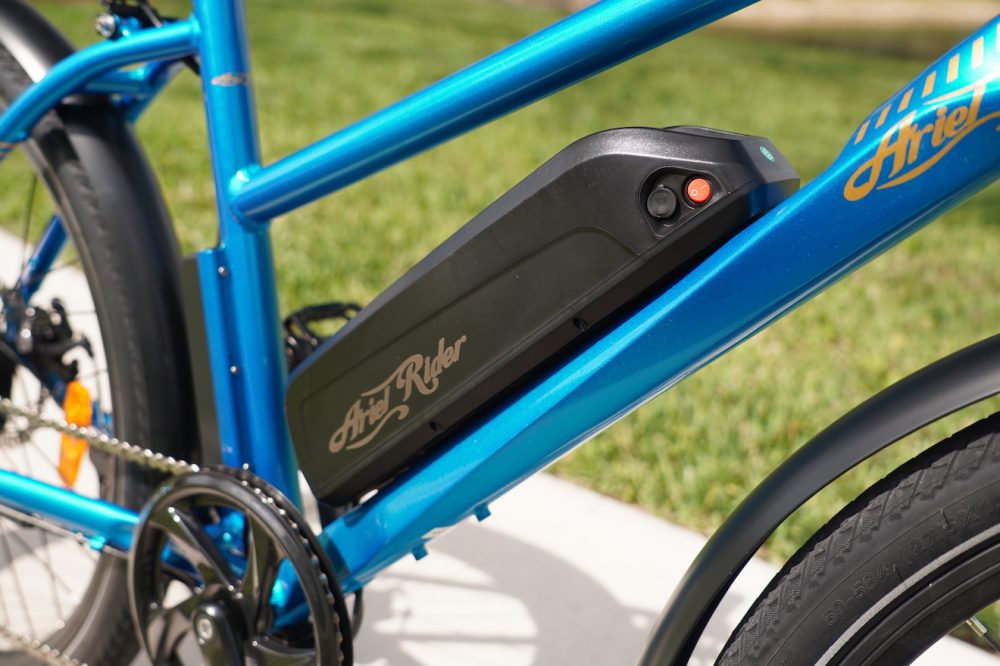
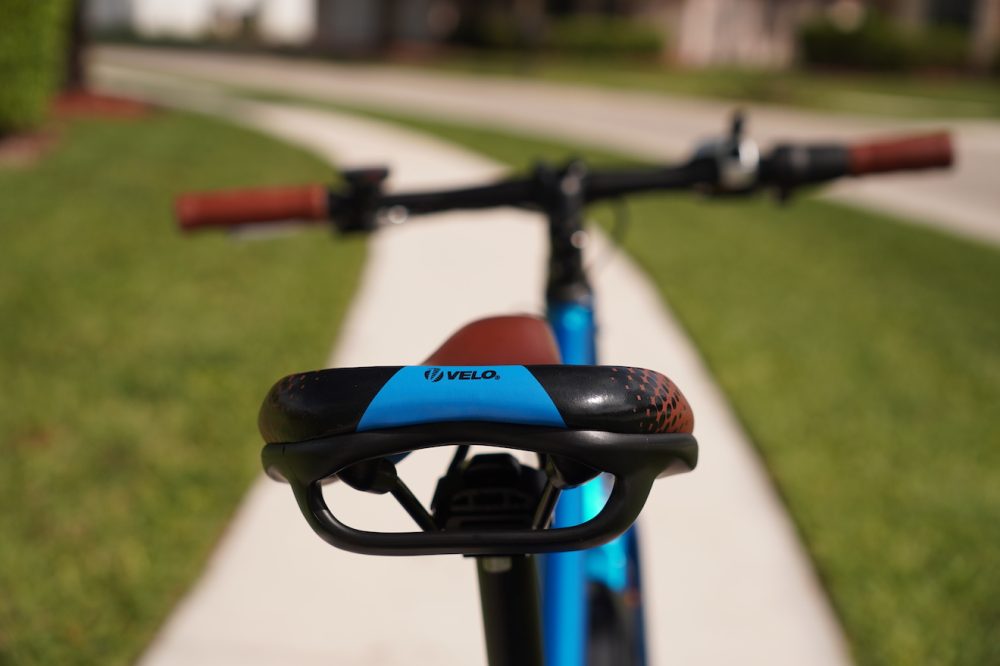
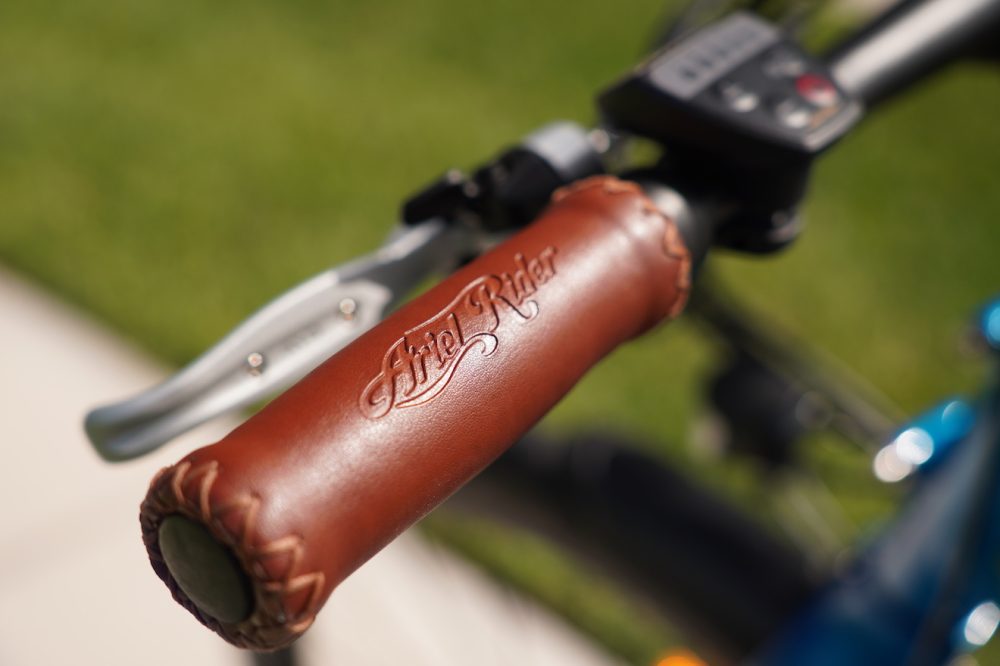
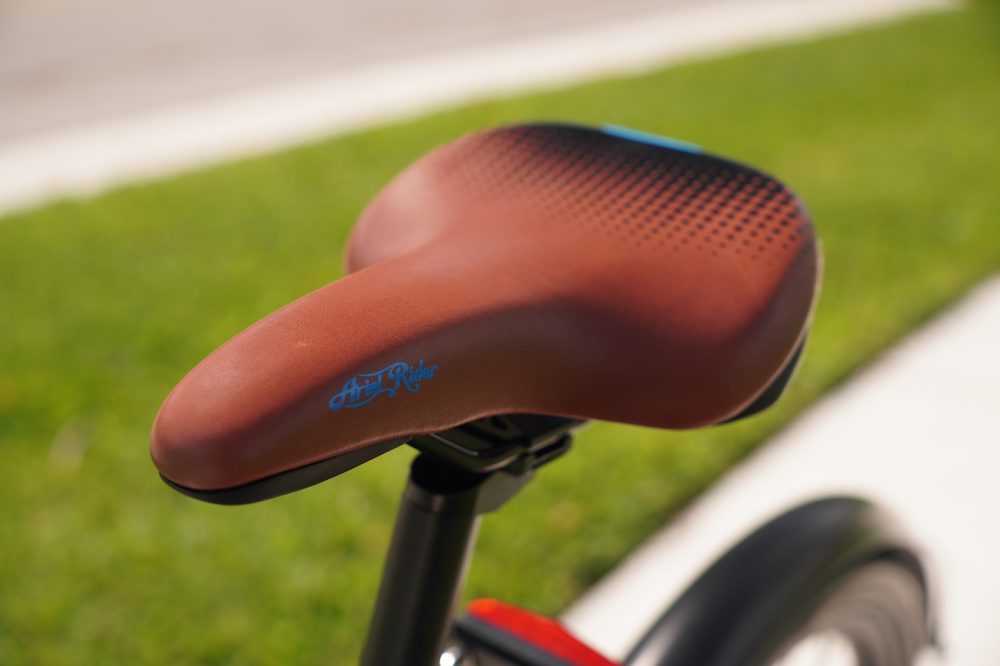
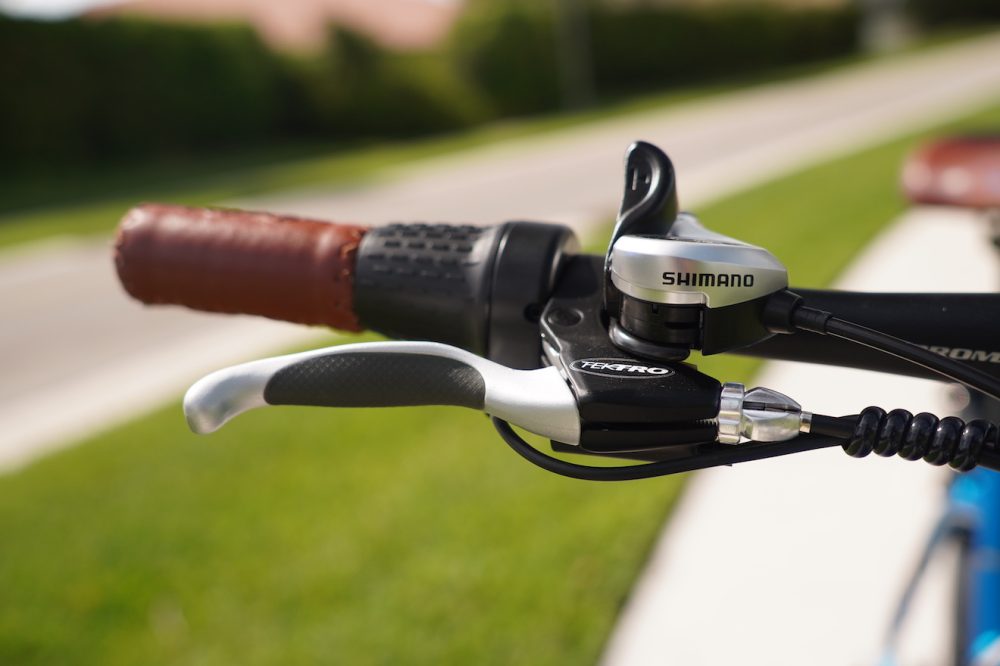
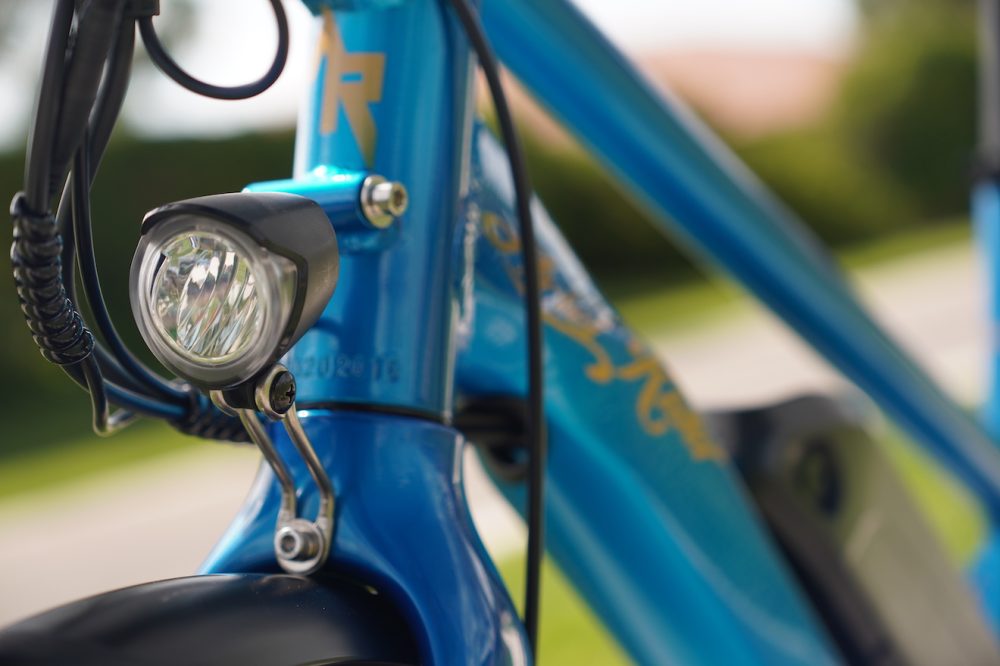

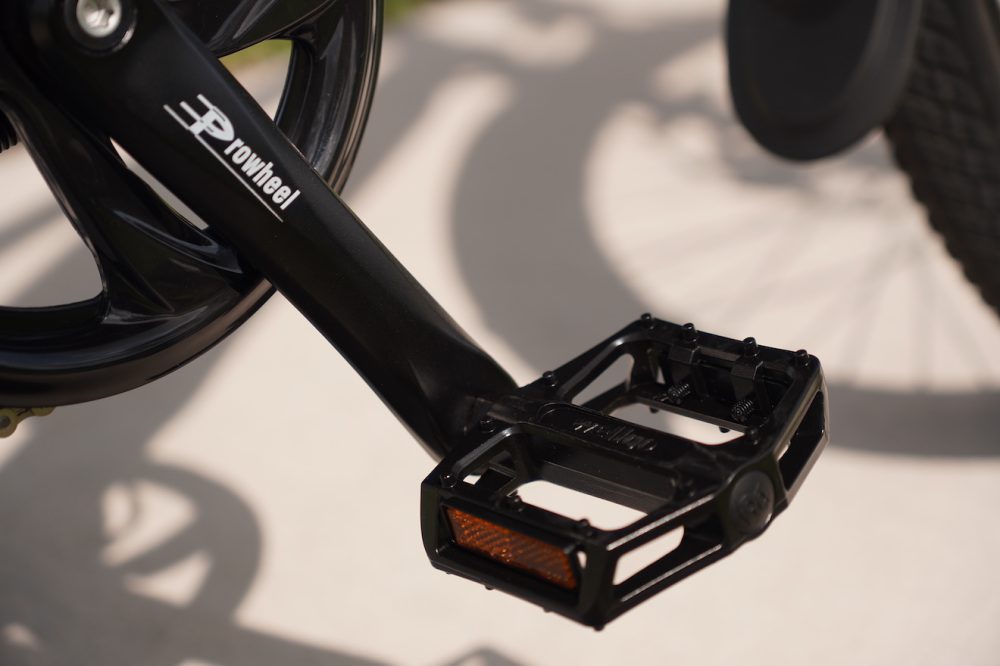
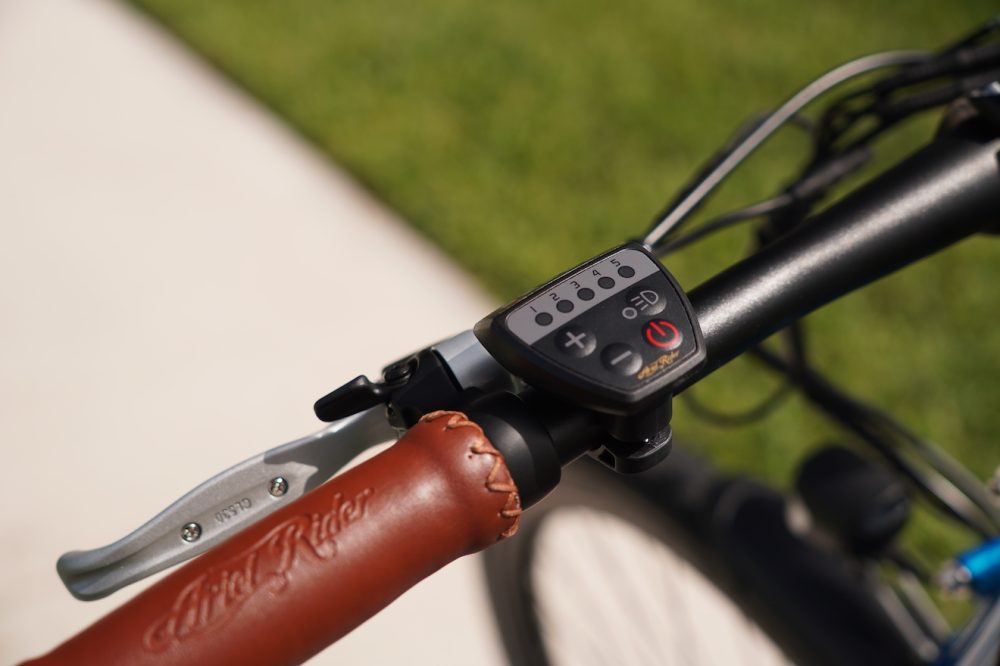
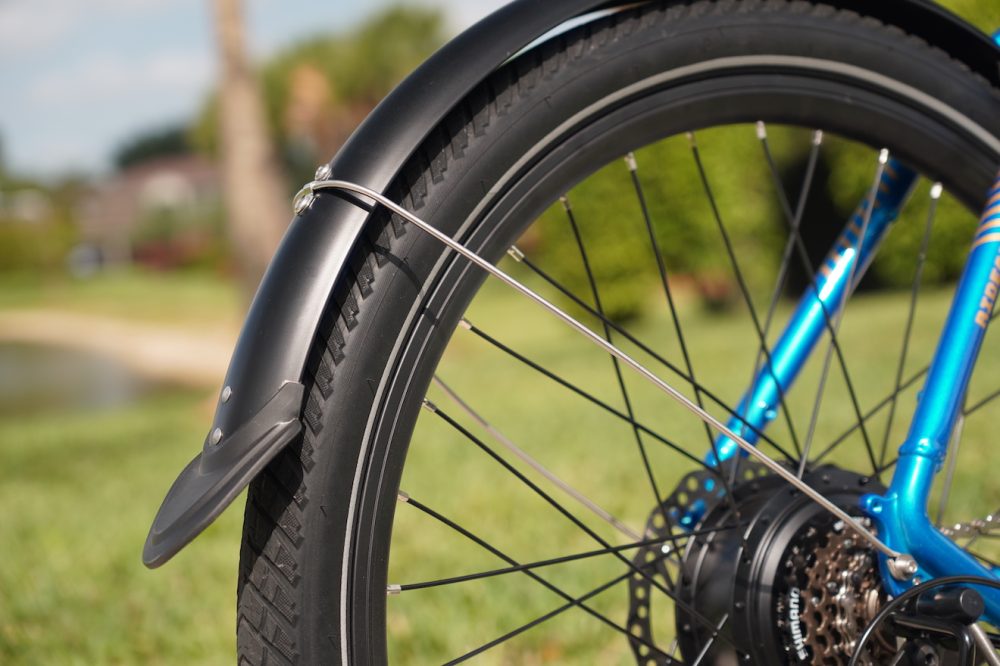
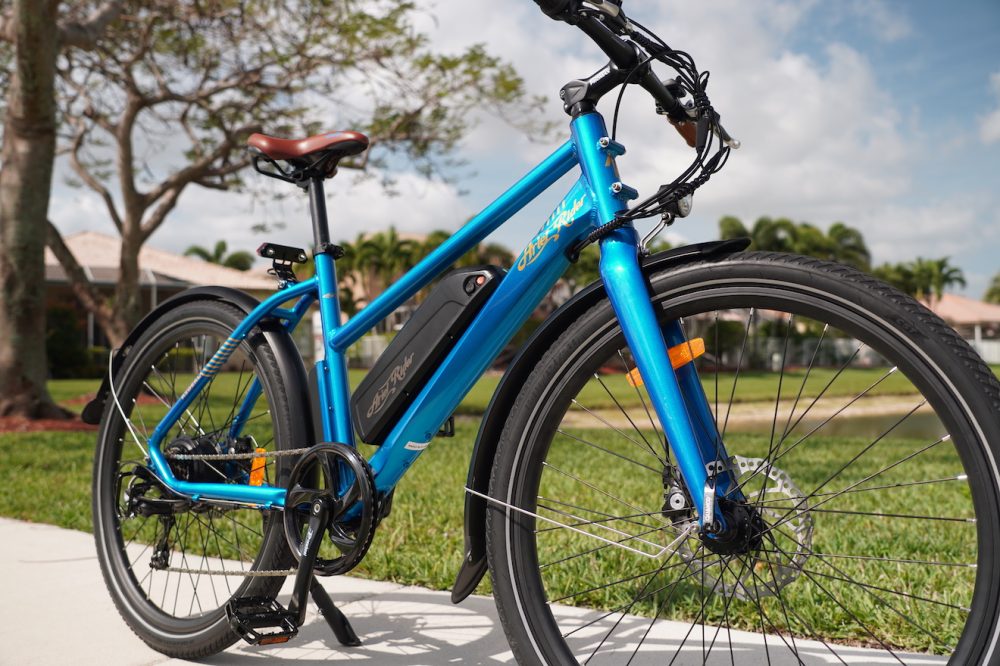
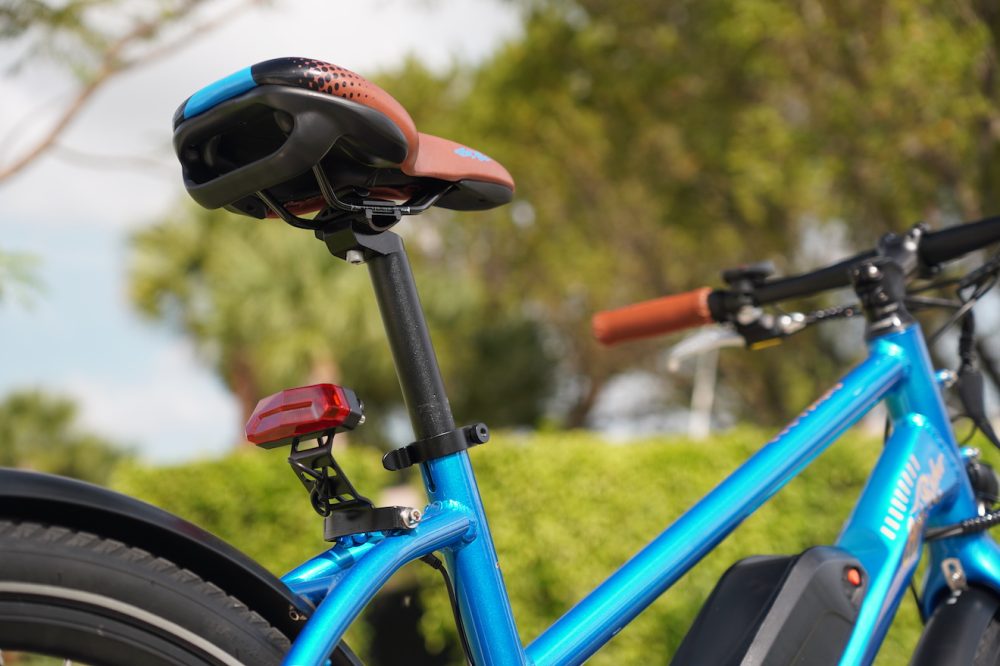
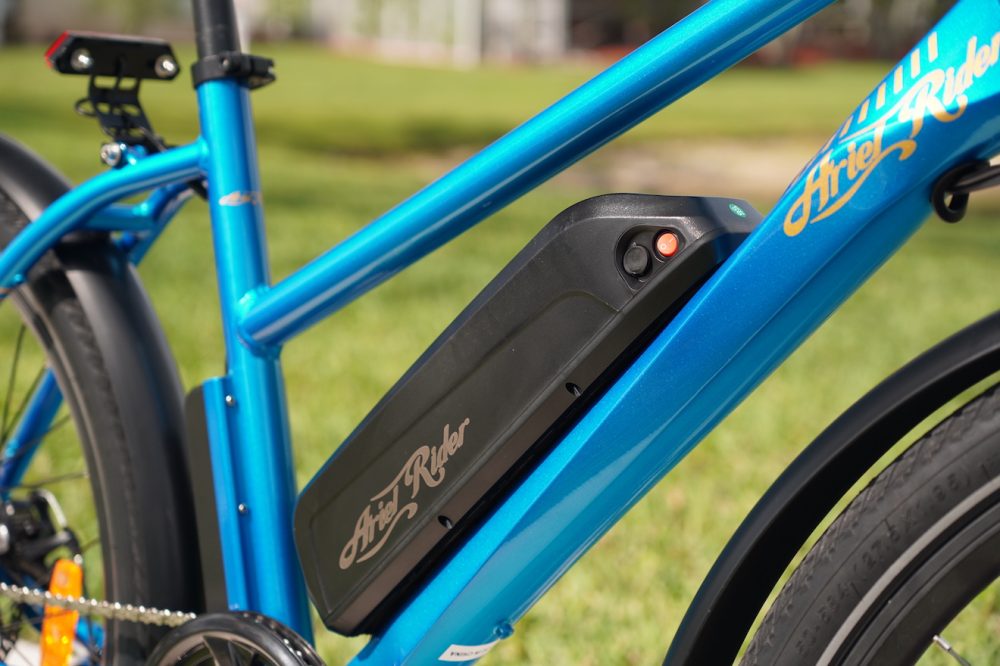
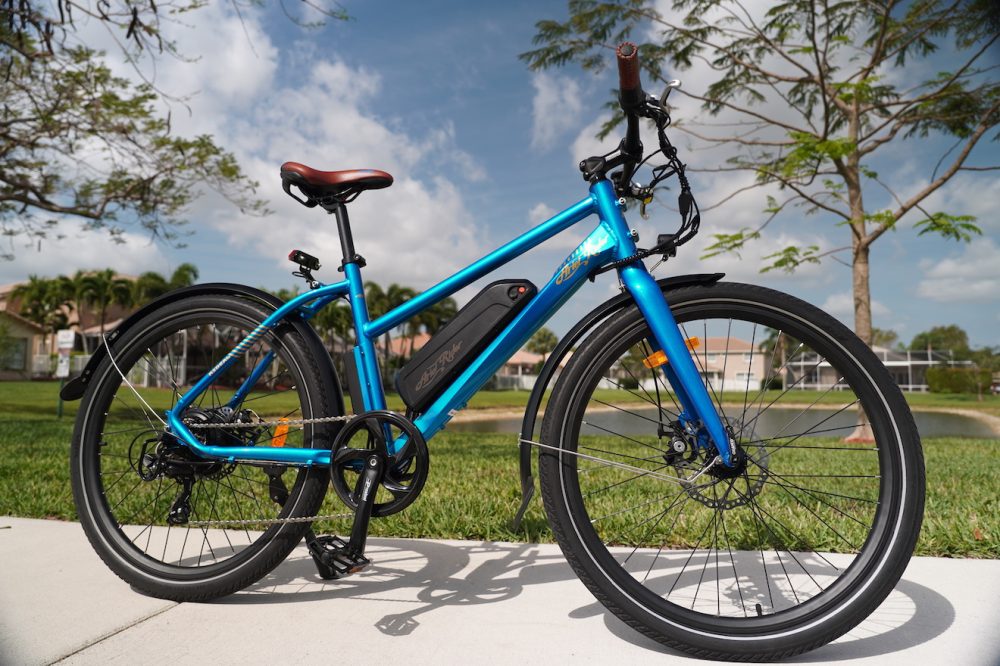





Comments